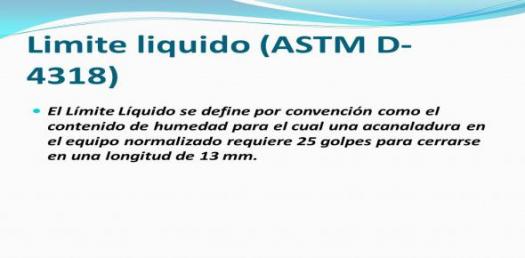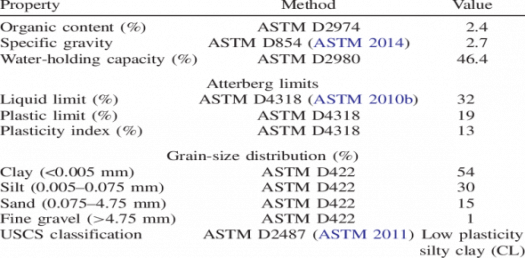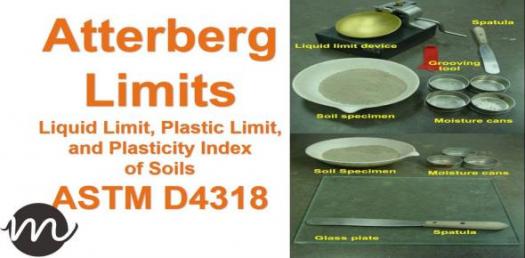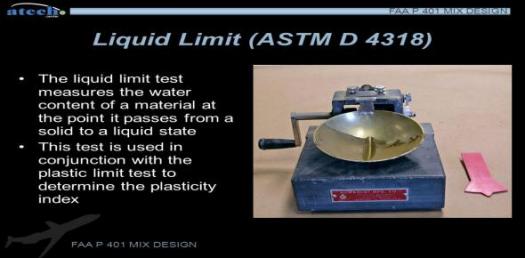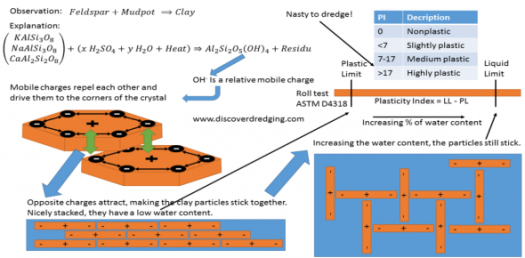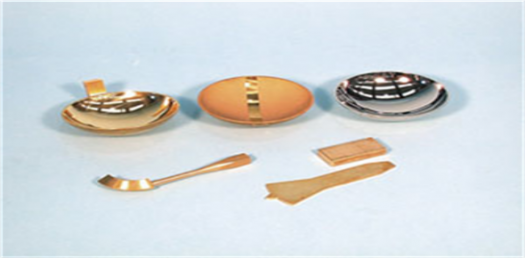ASTM D4318 Trivia Quiz

As an engineer, the understanding of the strength of materials is important in practice. The ASTM D4318 exam is an assessment of the level of understanding of engineers in the strength of materials. Specifically, plasticity and elasticity. If you understand these concepts well, take this awesome quiz now and know how you stand!
- 1.
Which of these scientists worked on elasticity?
- A.
Achimedes of Syracuse
- B.
Micheal Faraday
- C.
Robert Hooke
- D.
Charles Darwin
Correct Answer
C. Robert HookeExplanation
Robert Hooke is the correct answer because he was a renowned English scientist who made significant contributions to the field of physics, including his work on elasticity. Hooke formulated Hooke's Law, which states that the force needed to extend or compress a spring is directly proportional to the distance it is stretched or compressed. This law is fundamental to understanding the behavior of elastic materials and is still widely used in engineering and physics today.Rate this question:
-
- 2.
Which of these is not an elastic modulus?
- A.
Young modulus
- B.
Shear modulus
- C.
Titre modulus
- D.
Bulk modulus
Correct Answer
C. Titre modulusExplanation
The given options are all types of elastic moduli except for "Titre modulus". The Young modulus measures the stiffness of a material under tension or compression, the Shear modulus measures the material's resistance to shear deformation, and the Bulk modulus measures the material's response to uniform compression or expansion. However, "Titre modulus" is not a recognized term or concept in the field of elasticity, making it the correct answer.Rate this question:
-
- 3.
What is the ability of a material to regain its original size after distortion called?
- A.
Plasticity
- B.
Elasticity
- C.
Bulk modulus
- D.
Shear modulus
Correct Answer
B. ElasticityExplanation
Elasticity refers to the ability of a material to regain its original size and shape after being distorted. When a force is applied to a material, it deforms, but once the force is removed, the material returns to its original form. This property is commonly observed in materials such as rubber bands or springs, which can stretch or compress and then return to their original length or shape. Plasticity, on the other hand, refers to the ability of a material to permanently deform without returning to its original form. Bulk modulus and shear modulus are measures of a material's resistance to compression and shear deformation, respectively, but they do not specifically relate to the ability to regain original size after distortion.Rate this question:
-
- 4.
Which of these laws explains the elasticity of materials?
- A.
Coulomb's law
- B.
Hooke's law
- C.
Charles' law
- D.
Boyle's law
Correct Answer
B. Hooke's lawExplanation
Hooke's law explains the elasticity of materials. It states that the extension or compression of an elastic material is directly proportional to the force applied to it. This means that when a force is applied to a material, it will deform or stretch, but it will return to its original shape once the force is removed. Hooke's law is commonly used to describe the behavior of springs and other elastic materials.Rate this question:
-
- 5.
Which of these is within the scope of linear elasticity?
- A.
Young modulus
- B.
Adiabatic process
- C.
Anisotropy
- D.
Bulk modulus
Correct Answer
A. Young modulusExplanation
The Young modulus is a measure of the stiffness or elasticity of a material under linear stress-strain conditions. It specifically relates to the ratio of stress to strain in the direction of the applied force. It is a fundamental property of linear elasticity and is used to characterize the deformation behavior of materials under tension or compression. Adiabatic process, anisotropy, and bulk modulus are not directly related to linear elasticity and fall outside its scope.Rate this question:
-
- 6.
What is the dimension of stress and strain?
- A.
Mass
- B.
Length
- C.
Ampere
- D.
Time
Correct Answer
B. LengthExplanation
The dimension of stress and strain is length. Stress is defined as force per unit area, which has the dimension of force divided by the square of length. Strain is the measure of deformation or elongation of a material and is a dimensionless quantity. However, when calculating strain, it is often expressed as a ratio of change in length to original length, which gives it the dimension of length divided by length, resulting in a dimensionless quantity. Therefore, the dimension of stress and strain is length.Rate this question:
-
- 7.
What is the unit of modulus?
- A.
Joules
- B.
Newton
- C.
Pascal
- D.
Time
Correct Answer
C. PascalExplanation
The unit of modulus is Pascal. Modulus refers to the measure of a material's resistance to deformation or its stiffness. It is often used in the context of Young's modulus, which measures the stiffness of a solid material. Pascal is the unit of pressure or stress, and it is commonly used to express the modulus of elasticity or Young's modulus. Therefore, Pascal is the correct unit for modulus.Rate this question:
-
- 8.
What is the major factor that affects elastic materials?
- A.
Vibrations
- B.
Fractures
- C.
Density
- D.
Expansion
Correct Answer
B. FracturesExplanation
Fractures are the major factor that affects elastic materials. When a material experiences fractures, it loses its ability to retain its original shape and elasticity. Fractures can occur due to various reasons such as excessive stress, impact, or fatigue. Once fractures occur, the material becomes weakened and may not be able to withstand further stress or strain, leading to a loss of elasticity.Rate this question:
-
- 9.
Which of these materials is not plastic?
- A.
Bone
- B.
Rocks
- C.
Soil
- D.
Rubber
Correct Answer
D. RubberExplanation
Rubber is not a plastic material. While both rubber and plastic are polymers, they have different properties and characteristics. Rubber is derived from natural sources, such as the sap of rubber trees, while plastic is a synthetic material made from petroleum or other chemicals. Rubber is elastic and flexible, while plastic can be rigid or flexible depending on its composition. Therefore, rubber is not considered a plastic material.Rate this question:
-
- 10.
Which of these is not an element of plasticity in metals?
- A.
Slip systems
- B.
Shear banding
- C.
Microplasticity
- D.
Tensile stress
Correct Answer
D. Tensile stressExplanation
Tensile stress is not an element of plasticity in metals because plasticity refers to the ability of a material to undergo permanent deformation without breaking. Tensile stress, on the other hand, is a type of stress that occurs when a material is being pulled apart, causing it to elongate. While tensile stress can lead to deformation in metals, it is not considered a specific element of plasticity as it can also cause fracture or failure in the material.Rate this question:
-
Quiz Review Timeline +
Our quizzes are rigorously reviewed, monitored and continuously updated by our expert board to maintain accuracy, relevance, and timeliness.
-
Current Version
-
Mar 20, 2023Quiz Edited by
ProProfs Editorial Team -
Mar 18, 2019Quiz Created by
Gregorynaomi
 Back to top
Back to top




